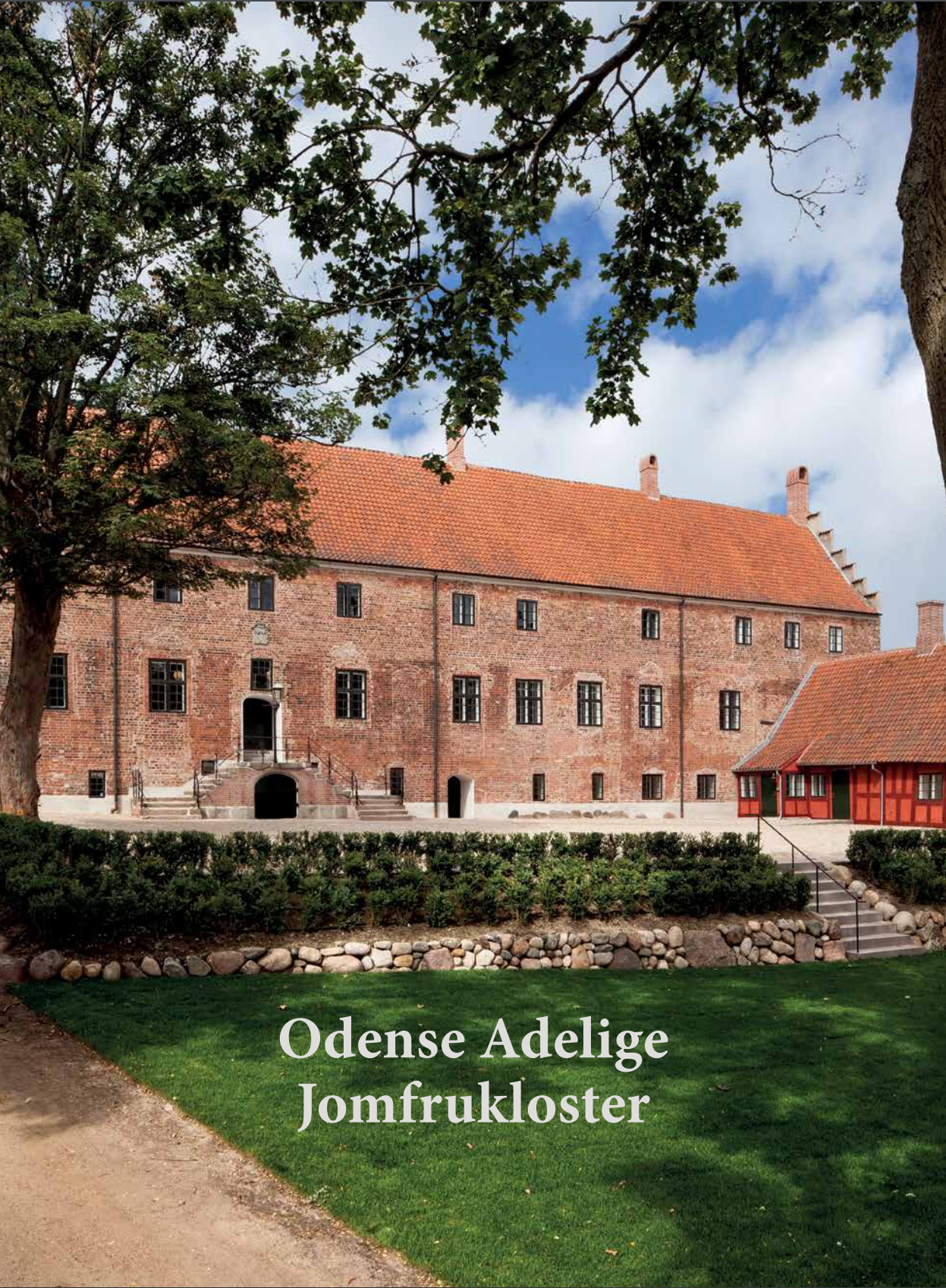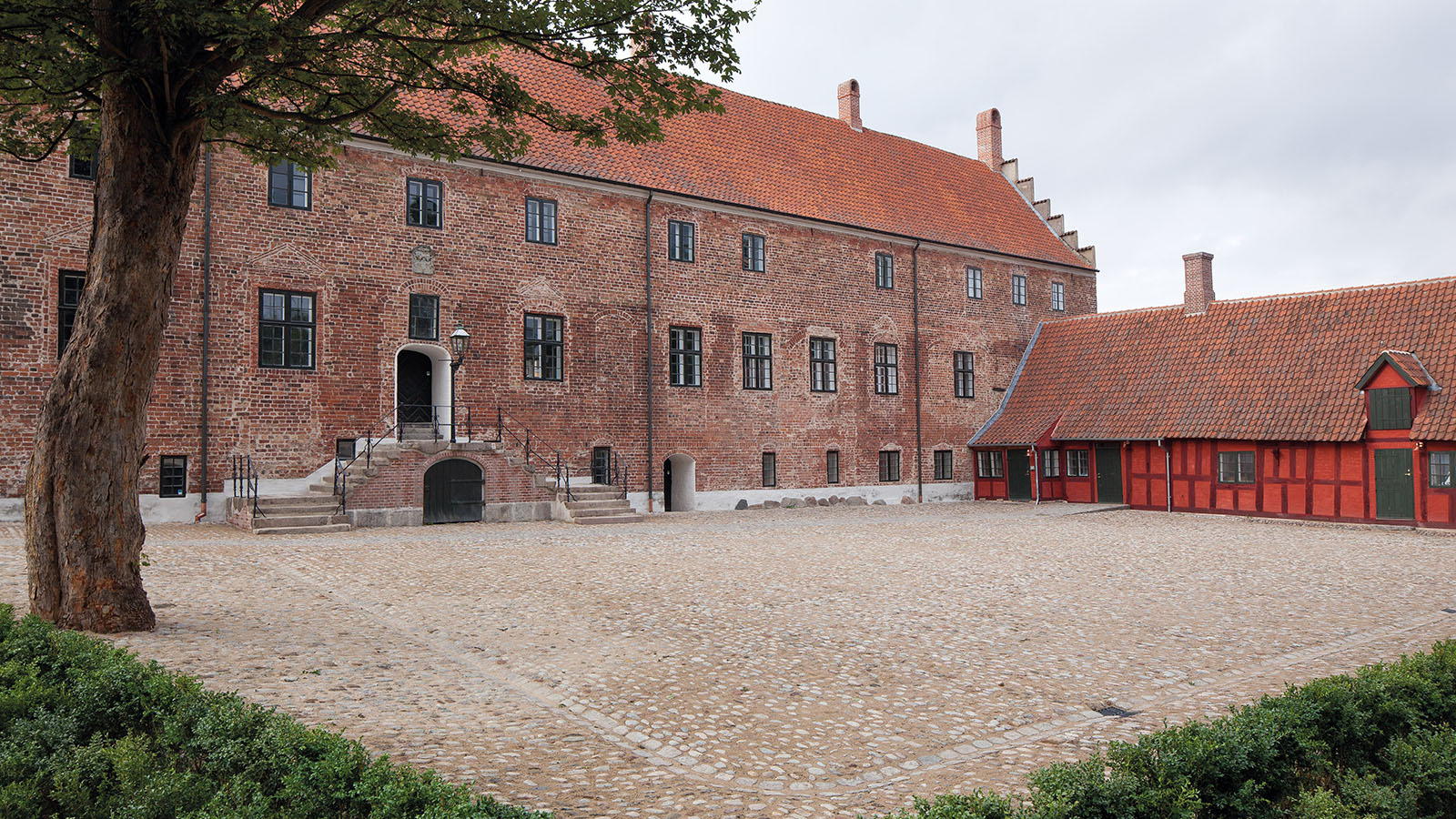
Download the publication here
Odense Secular Convent for Noblewomen
Log ind info
Odense Secular Convent for Noblewomen is an exceptionally well-preserved piece of architecture which bears witness to 500 years of Danish history.

Built in 1504, Odense Secular Convent for Noblewomen, situated in the historic city centre, is one of Denmark’s oldest preservation-worthy buildings. In its role as a bishop's palace and later as property of the crown, and from 1716 onwards as a home for unmarried noble ladies, the building documents centuries of changing times, functions and demands, layer upon layer, inside and out. Realdania By & Byg acquired the property in 2008, and over the next five years carried out one of the most comprehensive restoration projects of recent times. Today, researchers from the University of Southern Denmark are helping to plan a new future for the convent.
Odense Secular Convent for Noblewomen is one of Denmark's oldest preserved buildings whose architectural heritage encompasses of the Late Middle Ages’ cross-vaulted cellar ceilings, expansion in the seventeenth century and partial demolition and extension in the eighteenth and nineteenth centuries. Alterations to joints, a bricked up window, and a crooked wall all evidence changing priorities and the various uses to which the building was put as it changed hands over the centuries, and the changing styles and social conditions.
It is possible to trace the history of Odense Secular Convent for Noblewomen in its halls, layer by layer, like leafing through the pages of a book. The interior of the building is characterised by its Renaissance doors, Baroque staircases, eighteenth century banded paintwork, nineteenth century silk wallpaper, perhaps Denmark's oldest oak floor and much more. The interior of the building is in fact a series of changing interiors, layered one on top of the other; in some places as many as 25 layers of wallpaper and paintwork bear witness to the shifting tastes, and not least the wherewithal, of first the bishop and in turn the king, noblemen and finally the unmarried noble ladies who made the building their home or place of work.
It is exceptional for so many centuries of interior design and architectural heritage to be preserved in one place. Each of the property’s residents and each period has left its mark on the building, which has also been spared the ravages of fire and extensive modernisation.
The restoration of Odense Secular Convent for Noblewomen has been called one of the largest restoration projects of modern times. It took a team of architects, conservators, builders and specialists five years to document and safeguard the property’s many historic layers so as to be able to plot a course for the future of the old building – a future that both respects the past and embraces the present.
Several
1504
Southern Denmark, Funen
The Renaissance